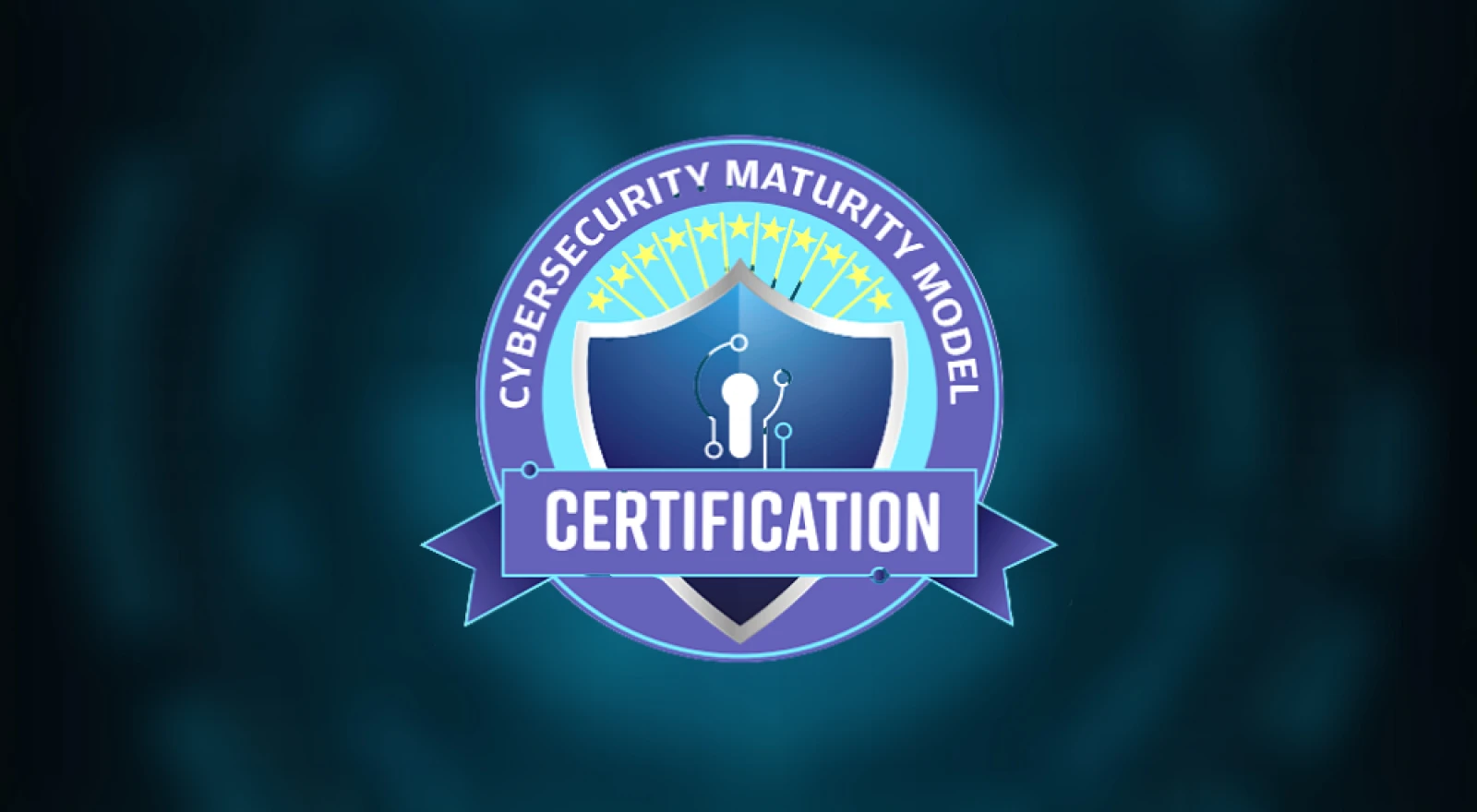Compliance isn’t just about checking boxes—it’s a process that transforms how organizations handle sensitive data. For defense contractors and subcontractors handling Controlled Unclassified Information (CUI), meeting the CMMC level 2 requirements is a clear step toward building trust and securing future contracts. But the path to full compliance unfolds in strategic, well-defined phases, each one important on its own and tightly connected to the next.
Baseline Assessment and Security Posture Mapping
It starts with understanding the current state. A baseline assessment takes inventory of all security controls in place and compares them to the expectations outlined under CMMC level 2 requirements. This helps reveal strengths, gaps, and any inconsistencies between practice and policy. From system configurations to user access policies, the goal is to map how security measures align—or don’t—with federal expectations.
Security posture mapping gives organizations a visual understanding of their readiness. It charts out how far they are from meeting required benchmarks, guiding what comes next. This phase also supports informed planning, enabling a smooth handoff to a CMMC RPO (Registered Provider Organization) or a c3pao when it’s time for formal assessment.
Control Family Alignment and NIST Categorization
CMMC level 2 compliance leans heavily on NIST SP 800-171. Each control must align with one of the NIST-defined families like Access Control, Configuration Management, or System Integrity. This alignment ensures the organization’s security framework fits within a nationally recognized standard.
The categorization helps structure implementation across departments. It also builds a foundation for efficient documentation and future audits. Organizing efforts by control family makes the complex framework more digestible, ensuring teams can focus on one area at a time without losing the big picture.
Cyber Hygiene Documentation and Evidence Archiving
Clean cyber hygiene isn’t just good practice—it’s mandatory. Documenting how each security control operates on a daily basis becomes part of the compliance evidence. That includes logs, configuration histories, patch schedules, and user activity tracking. This phase demands consistency and attention to detail.
Proper archiving ensures assessors can easily verify compliance during audits. Organizations often develop internal wikis or repositories to organize this information. This step connects directly to CMMC compliance requirements, turning real-time processes into tangible evidence that the team knows what it’s doing—and has proof to back it up.
Remediation Tracking via Milestone Registries
Not everything passes on the first try, and that’s expected. Once gaps are found during assessment or mapping, the next move is documenting them through a milestone registry. This registry becomes a living document, tracking what needs fixing, who’s responsible, and when it’ll be resolved.
Milestone tracking plays a big role in showing progress to assessors and regulators. It communicates transparency and helps meet interim goals on the path to full CMMC level 2 compliance. Structured tracking also boosts internal accountability, keeping remediation efforts focused and on schedule.
Audit Coordination with Certified Assessors
At this point, preparation meets validation. Coordinating with a c3pao means working with professionals certified to perform official audits. Scheduling, documentation exchange, and walkthroughs begin. This phase often includes a readiness review before the actual audit, which helps spot anything that could trip up the process.
Good communication with assessors can ease the audit experience. Knowing how to present evidence, where to pull documentation from, and who needs to be involved on assessment day all make a difference. Clear coordination ensures the audit reflects the true security maturity of the organization and meets all CMMC compliance requirements.
Threat Response Protocol Verification and Validation
Having a plan isn’t enough—it needs testing. Threat response protocols must be verified through live drills, table-top exercises, or simulations. This phase ensures that all staff understand what to do during security incidents and how to minimize damage fast.
Validation adds depth by confirming those protocols work in practice. Logs, training records, and after-action reports serve as evidence for both internal review and external assessment. CMMC level 2 requirements expect more than policies on paper—they expect functioning processes that stand up under pressure.
Annual Compliance Affirmation and Continuous Assessment
Compliance doesn’t end with certification. Each year, organizations are expected to affirm their compliance posture and make sure controls are still active and effective. Annual reviews prevent drift and highlight any changes in system design, staffing, or risk level.
Continuous assessment keeps everything sharp. Security controls are revisited, and new risks are considered as environments evolve. By maintaining a consistent feedback loop, organizations stay aligned with both the spirit and the letter of CMMC level 2 compliance. This ongoing process supports long-term resilience and trust in defense contracting relationships.

